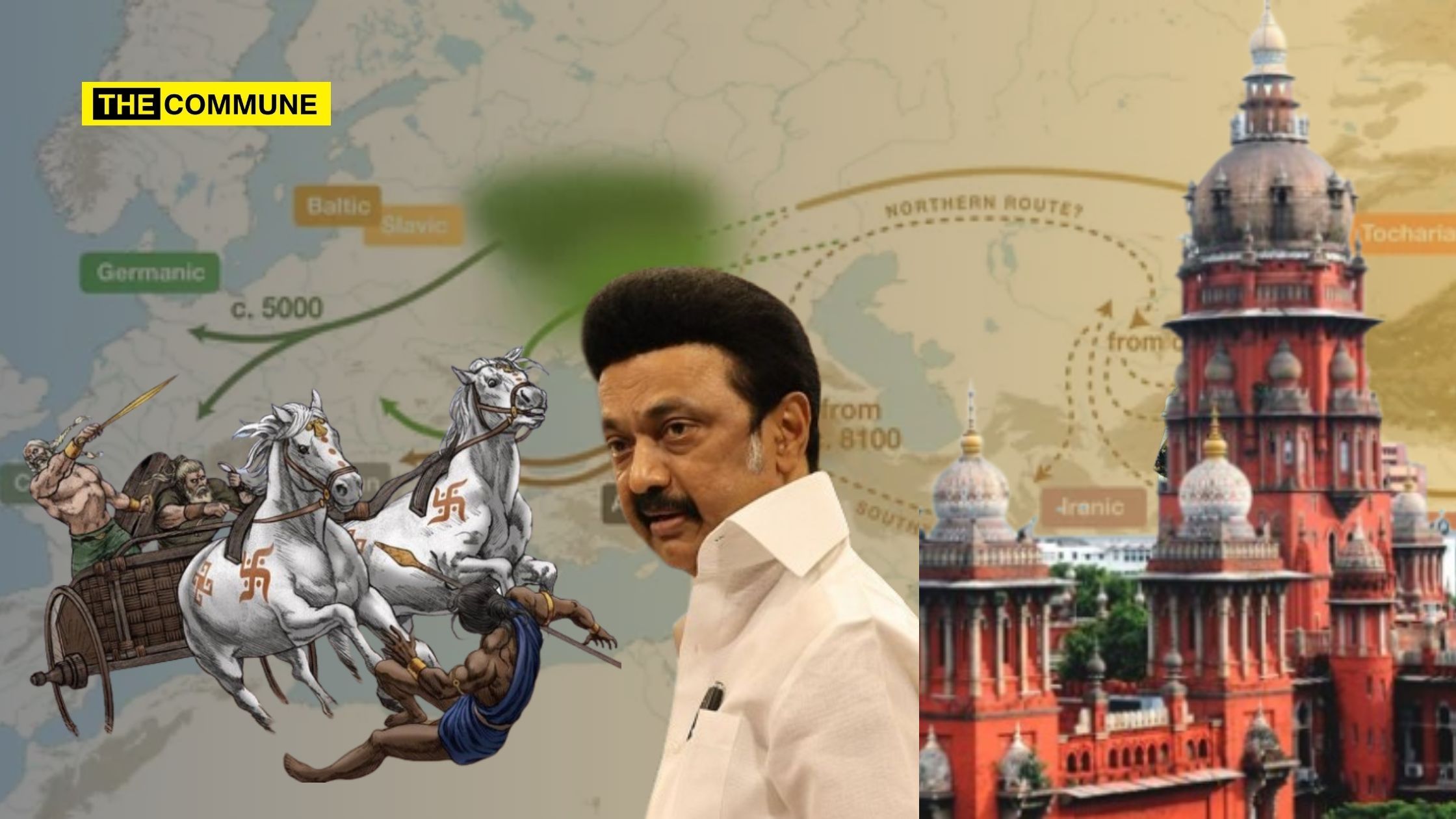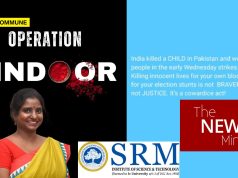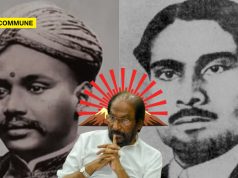
In a significant decision on 24 October 2024, the Madras High Court directed the Tamil Nadu School Education Department, NCERT, and TNSCERT to address a petition seeking a writ of mandamus. The petition calls for the cessation of the Aryan-Dravidian race theory, particularly in educational contexts, as it fosters division among citizens. The court has instructed the concerned parties to resolve this issue within 12 weeks.
Balaji Mahalingam approached the Madras High Court with a plea that textbooks promote the Aryan-Dravidian race theory, which he argues fosters division among citizens. The petition, filed under Article 226 of the Constitution of India, seeks a writ of mandamus directing the respondents to cease propagating this theory, especially among students, and to issue an apology to the general public.
In its order on 24 October 2024, the Madras High Court headed by K.R. Shriram, Chief Justice, and Justice Senthilkumar Ramamoorthy, considered the petitioner’s concerns about the promotion of the Aryan/Dravidian race theory in educational contexts, which the petitioner claimed fosters divisiveness.
The court acknowledged its lack of expertise in evaluating the validity of such theories and suggested that the appropriate educational authorities address the issue. It instructed NCERT and SCERT to treat the petition as a formal representation, requiring them to address the grievances raised and resolve the matter within 12 weeks, while also allowing the petitioner a reasonable opportunity for a personal hearing.
Aryan-Dravidian Theory: An Outdated Concept Debunked Numerous Times
The Aryan-Dravidian theory that these Dravidianists promote posits a racial divide between the so-called Aryans and Dravidians, suggesting a history of invasion and subjugation. However, this theory has long been contested. The initial archaeological findings at Harappa and Mohenjo-daro were often misaligned with existing narratives of Aryan invasion.

Scholars have questioned the validity of these interpretations, with notable American archaeologists like George Dales and Richard Meadow asserting that there is no evidence to support claims of armed conquest or destruction by Aryans.

Moreover, many serious scholars and archaeologists have independently concluded that there is no biological or archaeological proof of Aryan migration or invasion. Critics argue that the theory’s proponents resort to fantastical explanations, claiming that Aryans descended from the heavens, wielding mythical weapons, thus leaving no trace in Harappan lands. This kind of “shabby archaeology,” as it has been termed, offers little more than a speculative narrative devoid of empirical support.

Interestingly, Dr. B.R. Ambedkar, a key figure for many Dravidianists, dismissed the Aryan Invasion Theory as lacking any scientific basis. Yet, the DMK and its sympathizers continue to advocate for this outdated perspective, perhaps to justify their political agenda and secure contracts for projects like the statue of Marshall, rather than addressing pressing needs in Tamil Nadu.

Moreover, a scientific study by Harvard and indigenous researchers found a genetic relationship among all Indians, challenging the long-held belief that Aryans and Dravidians represented distinct ancestries for northern and southern Indians. The study, which analyzed 500,000 genetic markers from 132 individuals across 25 diverse groups, concluded that a north-south divide was a myth. Senior scientists from the Centre for Cellular and Molecular Biology (CCMB) stated that the Aryan-Dravidian theory lacked validity, as these groups emerged long after the initial settlers in India.
The research indicated that the Indian population was a mix of two ancestral groups: Ancestral North Indian (ANI) and Ancestral South Indian (ASI). Initial settlements occurred around 65,000 years ago in the Andamans and southern India, followed by the emergence of north Indian populations around 40,000 years ago. The subsequent mixing of these groups resulted in the diverse population observed today.
Additionally, the study shed light on the prevalence of genetic diseases in India, revealing that 70% of Indians were affected by genetic disorders. The researchers aimed to further explore the genetic links between Indians and Western Eurasians while investigating the migratory routes of ancient populations, suggesting a “southern coastal route” of migration from East Africa, in contrast to the previously accepted northern route.
In final words, the Aryan invasion theory has been widely criticized as a misleading and divisive view of the Bharatiya civilization. This theory, often endorsed by leftist historians, posits that India’s rich history was primarily influenced by foreign invaders, diminishing the achievements of ancient Indian cultures. Growing scepticism about this theory is supported by archaeological evidence contradicting its claims and a rising public interest in accurately understanding India’s history, which outside narratives have often distorted.
Prominent figures such as Bishop Robert Caldwell played a role in creating the misleading Aryan-Dravidian divide, which aligned with colonial goals of conversion and racial division. Recent archaeological discoveries at sites like Rakhigarhi and Dwarka indicate that Indian civilization is actually 8,000 to 10,000 years old, casting doubt on the idea of Aryan invasions. Furthermore, this theory has been utilized to rationalize British colonialism by framing ancient Indians as colonizers, thus legitimizing foreign rule.
The acceptance of the Aryan invasion theory by leftist intellectuals post-Independence has perpetuated a skewed interpretation of Indian history, leading to feelings of self-loathing and community divisions. However, modern Indian scholarship is increasingly challenging these misconceptions through evidence-based research.
Subscribe to our Telegram, WhatsApp, and Instagram channels and get the best stories of the day delivered to you personally.




